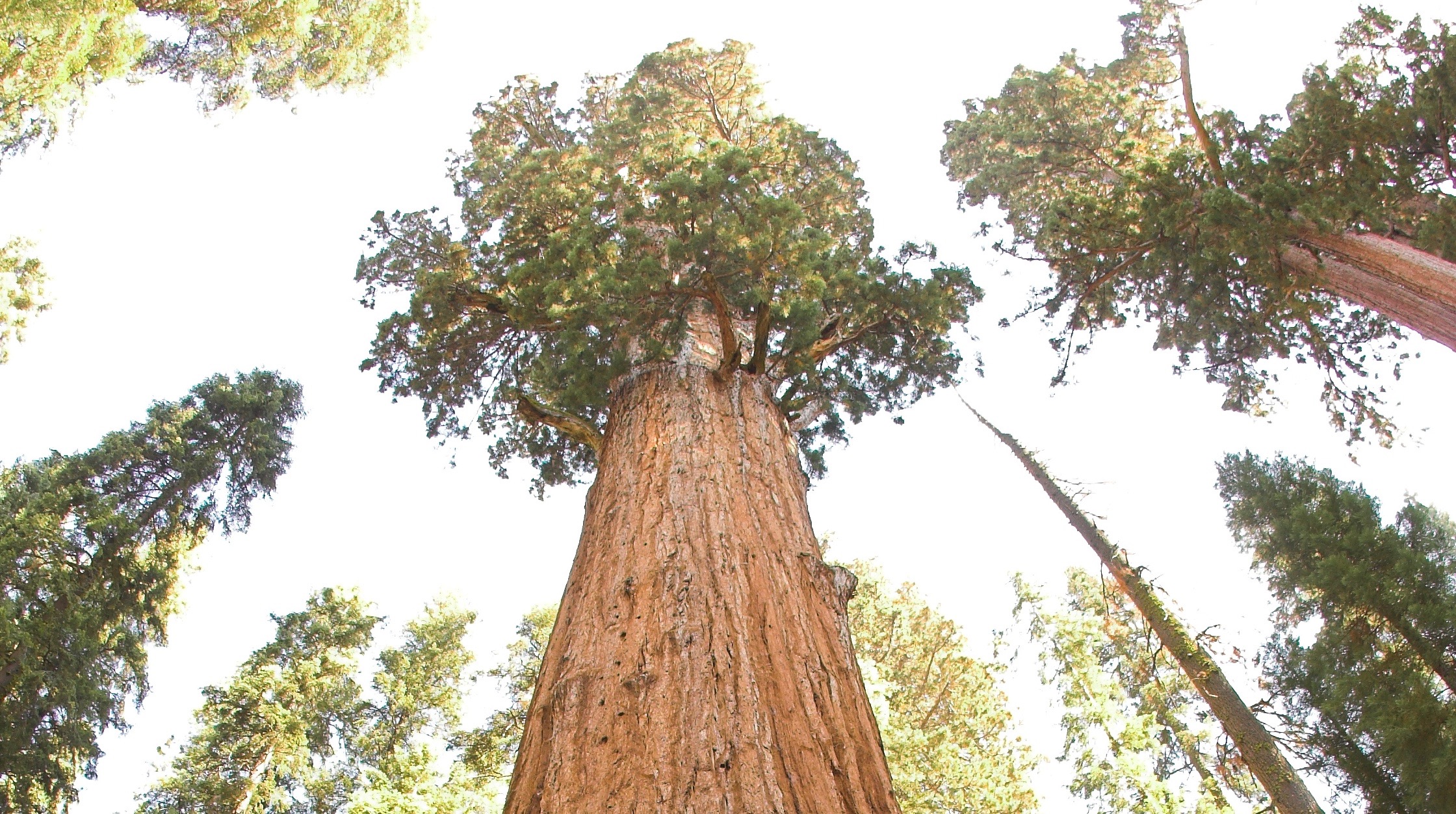 Intelligent Design
Intelligent Design
 Life Sciences
Life Sciences
A Remarkable Mechanism for the Existence of Large Trees

Editor’s note: We are pleased to present a series adapted from biologist Michael Denton’s book, Fire-Maker: How Humans Were Designed to Harness Fire and Transform Our Planet, from Discovery Institute Press. Find the whole series here. Dr. Denton’s forthcoming book, The Miracle of the Cell, will be published in September.
In considering the circulation system of trees, as I did yesterday, an obvious question arises: Why does the column of water not break into pieces as it is tugged from above? The answer is the cohesiveness of liquids — the tendency of the molecules in liquids to “stick together” — a tendency more pronounced in water than most other common fluids because of its colligate properties, which arise from the hydrogen bonding between neighboring water molecules. And because of this tendency of water columns, although the notion is very counterintuitive, water has tensile strength.1
Tensile strength is the ability of a substance to resist being stretched. You can pull a steel wire up 100 meters without it breaking because of the tensile strength of steel, and it is the same with a water column. Remarkably, experiments show a rope of liquid water, a square centimeter in cross section in an enclosed tube, has sufficient tensile strength that one could hang from it a solid mass of nearly 300 kilograms. Steel is stronger, but only ten times stronger!2 It is this very counterintuitive tensile strength of a fluid — especially water, because its colligative properties are so pronounced — that allows the negative pressure caused by the evaporation in the leaves to pull sap from the roots up 100 meters to the leaves without any break occurring in the column.
The Physical Properties of Water
This remarkable mechanism, so vital to the existence of large trees, depends critically on two basic physical properties of water as a fluid: its tensile strength, which means the “pull of evaporation” will not break the water column, and the enormous surface tension generated by water in very narrow tubes or passages. The mechanism represents a unique and stunningly brilliant solution to the problem of raising water to the top of large trees. Significantly, no conceivable alternative will work.
Vogel in his The Life of a Leaf waxes lyrical in contemplating the way it’s done:
The pumping system has no moving parts, costs the plant no metabolic energy, moves more water than all the circulatory systems of animals combined, does so against far higher resistance, and depends on a mechanism with no close analogy in human technology.3
And as Holbrook and Zwienieki comment in an article in Physics Today:
Trees can be rightly called the masters of microfluidics. In the stem of a large tree, the number of interconnected water transport conduits can exceed hundreds of millions, and their total length can be greater than several hundred kilometers. Furthermore on a sunny day, a tree can transport hundreds of gallons of water from the soil to its leaves, and apparently do it effortlessly, without making a sound and without using any moving parts… The physics that underlies water transport through plants is not exotic; rather, the application of that physics in microfluidic wood matrix results in transport regimes operating far outside our day-to-day experience.4
Tomorrow, “Nature’s Magic and Its Breathtaking Parsimony.”
Notes
- Melvin T. Tyree, “The Tension Cohesion theory of sap ascent: current controversies,” Journal of Experimental Botany 48, no. 315 (1997): 1753-1765.
- Vogel, Chapter Six.
- Ibid.
- Holbrook, Zwieniecki, op cit.
